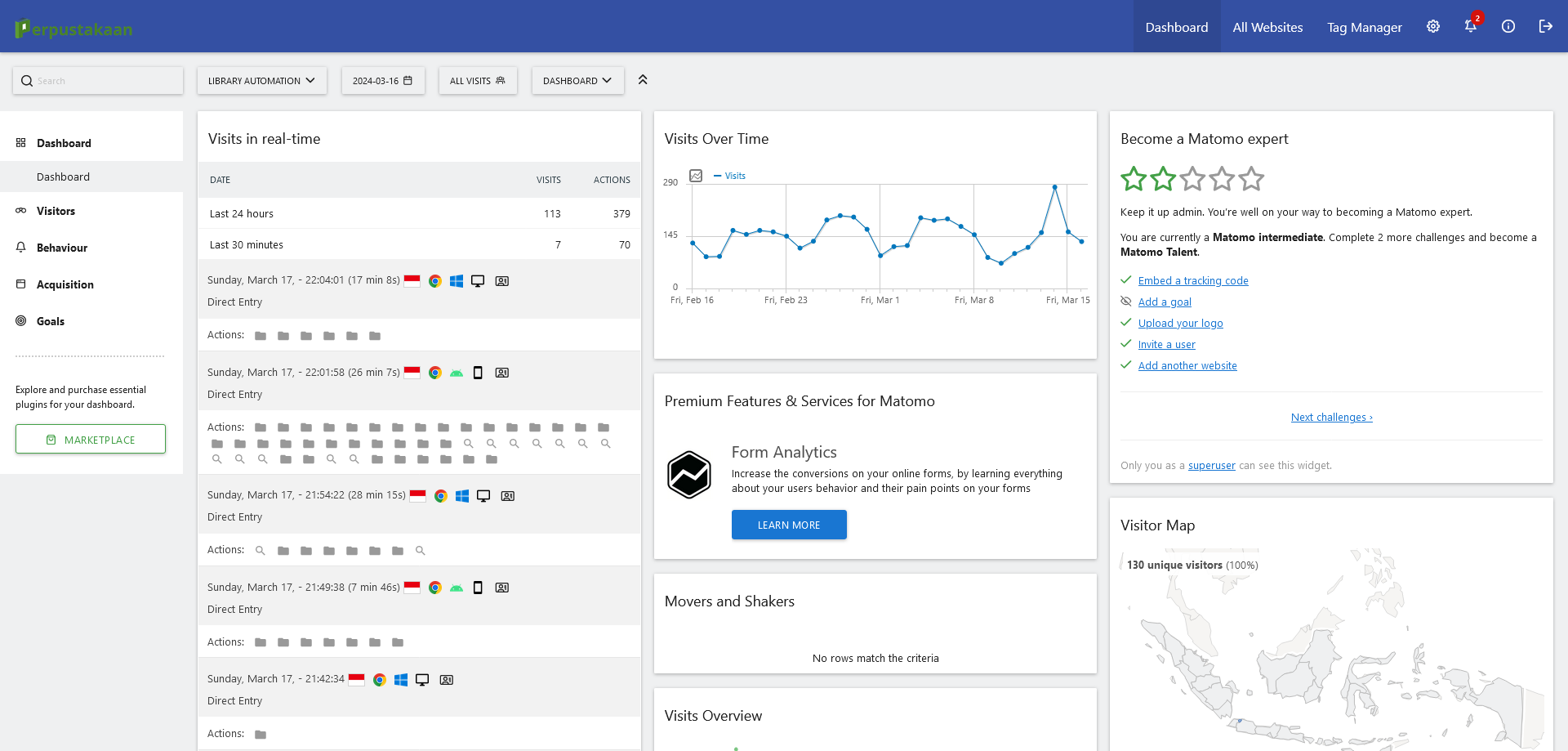Collection Details

Dunhuang manuscript culture :end of the First Millennium
Galambos, Imre - Nama Orang
Dunhuang Manuscript Culture” explores the world of Chinese manuscripts from ninth-tenth century Dunhuang, an oasis city along the network of pre-modern routes known today collectively as the Silk Roads. The manuscripts have been discovered in 1900 in a sealed-off side-chamber of a Buddhist cave temple, where they had lain undisturbed for for almost nine hundred years. The discovery comprised tens of thousands of texts, written in over twenty different languages and scripts, including Chinese, Tibetan, Old Uighur, Khotanese, Sogdian and Sanskrit. This study centres around four groups of manuscripts from the mid-ninth to the late tenth centuries, a period when the region was an independent kingdom ruled by local families. The central argument is that the manuscripts attest to the unique cultural diversity of the region during this period, exhibiting—alongside obvious Chinese elements—the heavy influence of Central Asian cultures. As a result, it was much less ‘Chinese’ than commonly portrayed in modern scholarship. The book makes a contribution to the study of cultural and linguistic interaction along the Silk Roads.
Additional Information
- Penerbit
- Berlin, Germany : De Gruyter (2020)
- GMD ( General Material Designation )
- Electronic Resource
- No. Panggil
-
091.095145GALd
- ISBN/ISSN9783110726572
- Klasifikasi
- 091.095145
- Deskripsi Fisik
- VIII, 289 p.
- Bahasa
- English
- Edisi
- -
- Subjek
- Humans
- Pernyataan Tanggungjawab
- -
- Info Detail Spesifik
- -
- GMD
- Electronic Resource
- Tipe Isi
- text
- Tipe Media
- computer
- Tipe Pembawa
- online resource




